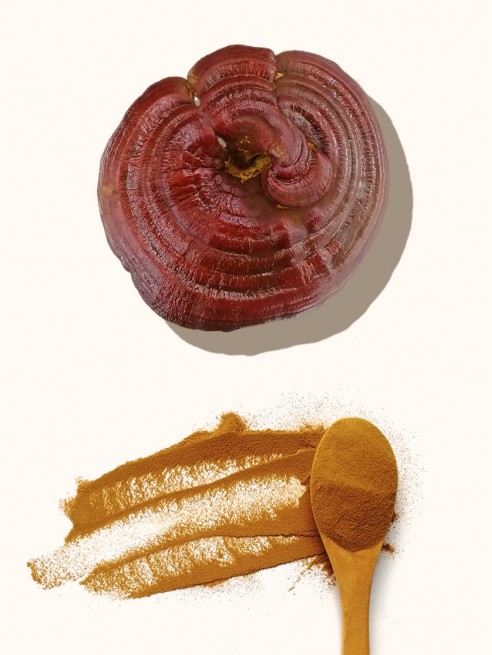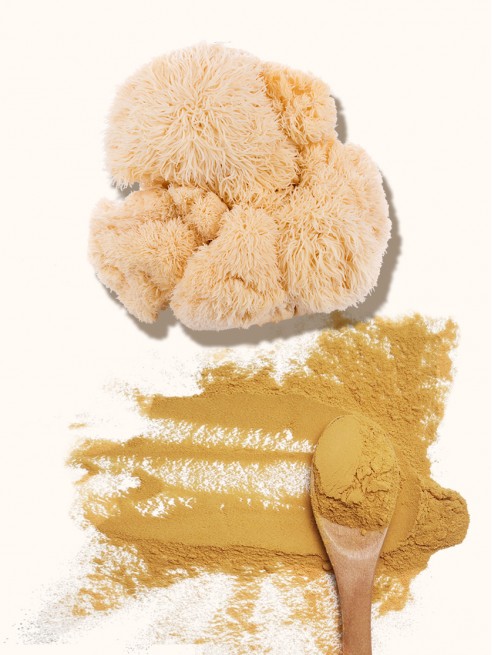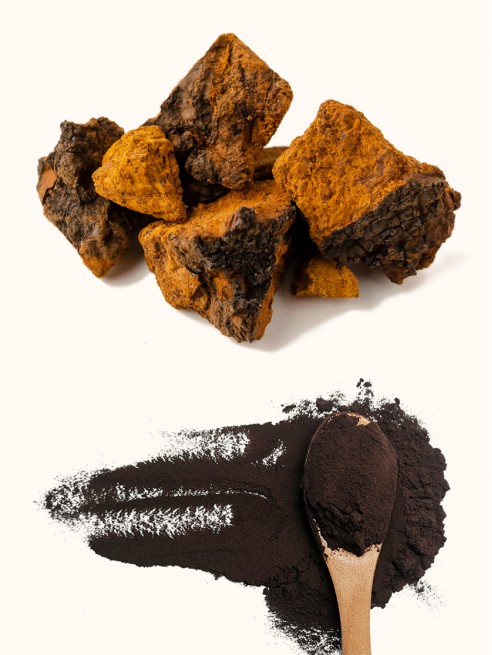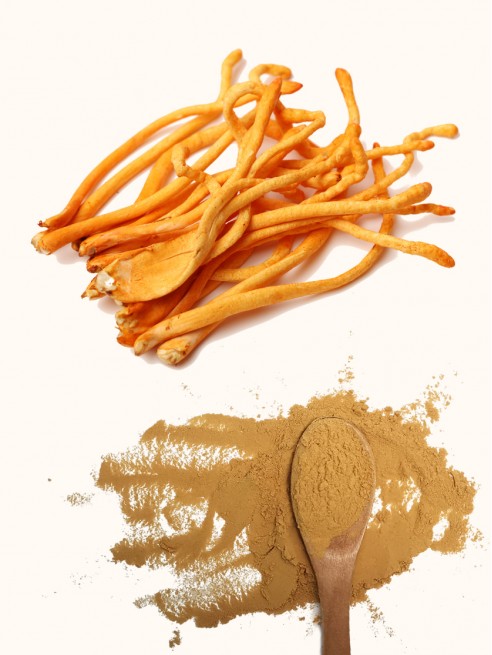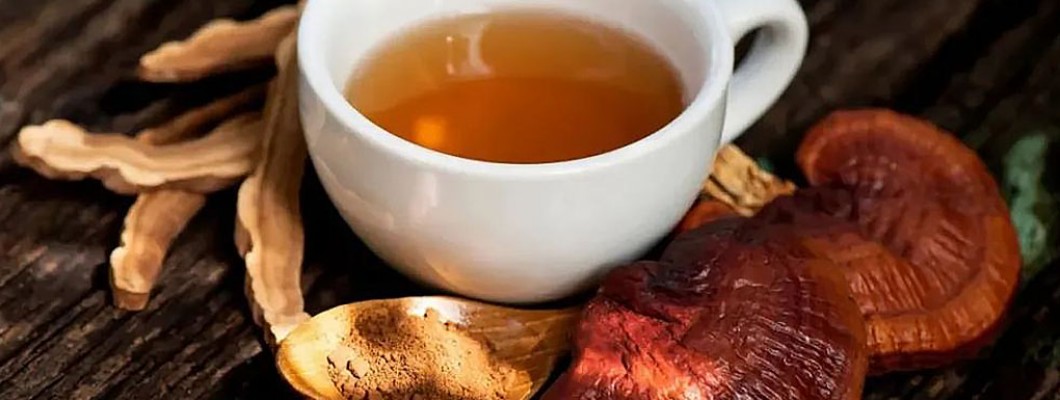
Edible and medicinal mushrooms have been a thing of interest to humans for ages. Archeological findings dating back 8000 years BC revealed evidence of human's use of fungi. Their therapeutic properties were earliest used in the far east countries like China and Japan. These therapeutic properties were said to include antioxidant properties, immunomodulating, antibacterial, antiviral, and anticancer properties amongst others. Recently even, a case has been made for mushrooms being able to treat covid 19.
One of the key active components of medicinal mushrooms are polysaccharides. They are commonly listed by many companies on their medicinal mushroom products. On first glance, high amounts of polysaccharides on the label of these products may be misleading. While polysaccharides are often touted to be the key active substance in medicinal mushrooms, there is a need to specify the actual polysaccharide that does this as there are so many of them. But first, let us understand what these polysaccharides are and how they are classified.
Structure And Classification of Mushroom Polysaccharides

Polysaccharides are basically long chain carbohydrates made up of several monosaccharides which are connected by glycosidic bonds. They range from very simple polysaccharides to even more complex carbohydrate molecules. The commonest polysaccharides found in fungi are chitin, alpha glucans, beta glucans, hemicellulose, galactans, mannans, and xylans.
These fungal glucans, as they are called, can be either linear or branched. Molecules of monosaccharides are linked by α- or β-glycosidic and by other types of different glycosidic linkage in the same molecule.
Below is the classification of fungal main polysaccharides:
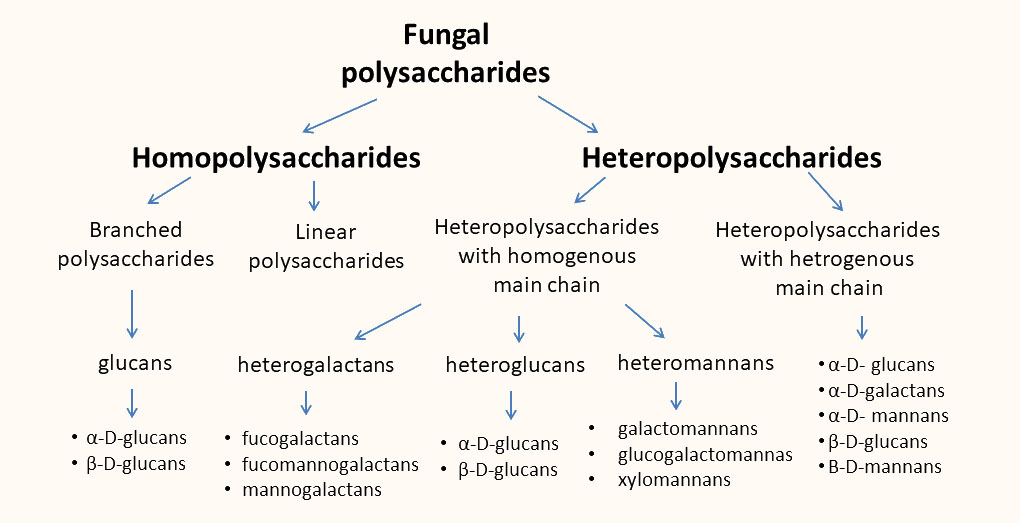
Mirończuk-Chodakowska I, Kujawowicz K, Witkowska AM. Beta-Glucans from Fungi: Biological and Health-Promoting Potential in the COVID-19 Pandemic Era. Nutrients. 2021; 13(11):3960.
As seen above, medicinal mushrooms contain various types of polysaccharides, but beta-d-glucans, specifically, are responsible for most of the health benefits of these mushrooms. So, what then are these beta glucans?
Beta Glucans
Beta-glucans or beta-d-glucans are a unique class of indigestible polysaccharides. They are not only found in mushrooms but also in bacteria and plants, especially in grains such as oat and barley. However, only the beta-glucans found in mushrooms have the special β-(1→6) branching structure which possesses the most medicinal potential.
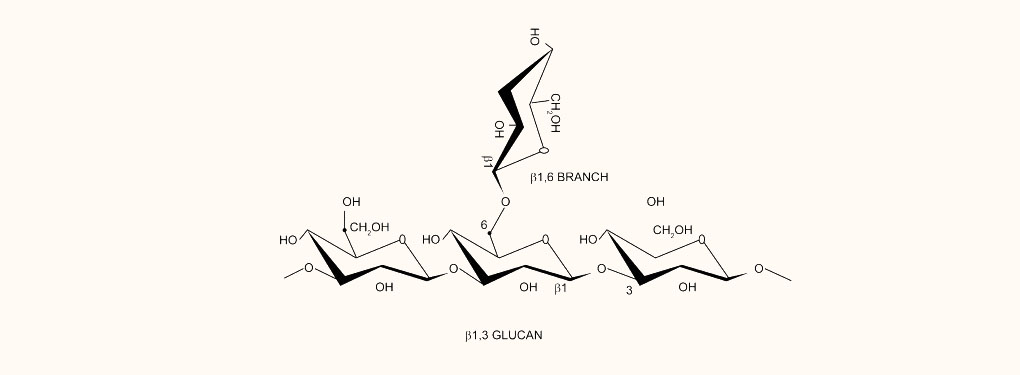
It is the beta-D-glucan content and its specific architecture that makes the fungus medicinal. This architecture varies slightly from one fungus to another, giving each mushroom its own set of benefits, supported by the presence of other compounds such as triterpenes, polyphenol, and digestive enzymes amongst others, which again vary across individual medicinal mushroom type.
Health Benefits of Beta Glucans
Beta glucans are biological response modifiers i.e., they can up-regulate and down-regulate the response of biological systems according to the health needs of the individual. As biological response modifiers, beta-D-glucans are known to be one of the few identified substances that can boost the immune system without causing an overreaction.
Other properties of beta glucans that are beneficial to the health include anti-tumor and cytotoxic properties, anti-inflammatory properties, anti-allergy, antioxidant, and antimicrobial properties.
Beta glucan molecules are distinguished by a large diversity not only due to the source of origin but also within a single species of fungus or fruiting body. Their health benefiting properties can also be modified by different extraction and purification methods. As such, it is very important to develop a standardized method for extraction and purification of beta glucans and evaluation of their structure to accurately assess their various mechanisms of action and potential therapeutic properties.
Beta Glucans and Other Polysaccharides Testing
As it turns out, many companies making medicinal mushrooms only list polysaccharide counts. However, this is not a good indicator of a high-quality mushroom extract because beta-glucans are not the only type of polysaccharides found in mushrooms. Another type of polysaccharide commonly found in mushrooms are alpha glucans which have no medicinal property.
Mushrooms that have a high listed polysaccharide count usually contain high levels of alpha glucans. This is caused by the prevalence of mycelium-based products that are commonly grown on grains. As such, these products draw their nutrients from the starchy substrate they grow on therefore containing residual starch that isn't filtered out during processing.
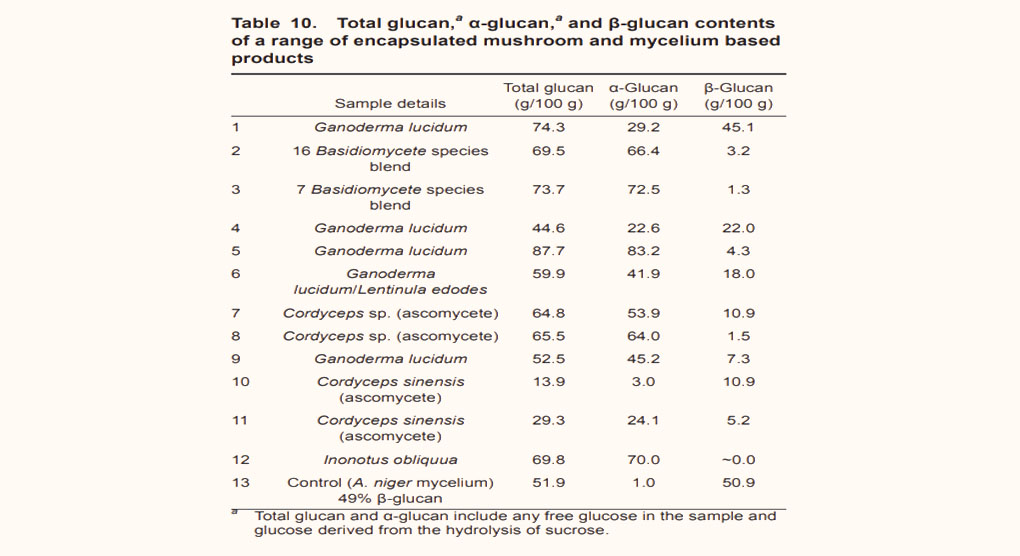
McCleary, B. V., & Draga, A. (2016). Measurement of Beta-Glucan in mushrooms and mycelial products.
The table above is an alpha glucan and beta glucan breakdown of different medicinal mushroom products. Take for instance specific mushroom products like number 5, which is Ganoderma lucidum. This sample tests high in alpha glucans and very low in beta-glucans. Another prime example is number 12 (Inonotus obliquus). It expresses high amounts of alpha glucans and no beta-glucans. Same applies for sample 8, Cordyceps sp. (ascomycete), dominated by high alpha glucans and little amounts of beta-glucans.
It is true that on paper, these products show high amounts of polysaccharide, but most of these polysaccharides come from alpha glucans in the form of starches which provide no medicinal benefits.
This is an extremely important concept to understand when it comes to medicinal mushroom products as many products on the market show high polysaccharide numbers but fail to mention any beta-glucan numbers. From the above explanation, it is obvious that the need for beta-glucan testing cannot be overemphasized. Beta-glucan testing should be prioritised over general polysaccharide testing, to properly qualify these medicinal mushroom products in relation to their medicinal benefits.
A method known as the Megazyme method has been developed by Dr. Barry McCleary at Megazyme International. This has been used by the USDA and other peer-reviewed research to accurately measure the beta-glucan and alpha-glucan content in mushrooms. It has the ability to test all types of products such as mushroom powders, mushroom extracts, and mycelium powders. It can also detect soluble and insoluble (1-3)(1-6) beta-D-glucans and quantify the alpha-glucans that are starch to ascertain the presence of fillers such so grain in products.
High Polysaccharide Does Not Mean High Quality
Mushroom products that claim high amounts of polysaccharides can be very misleading considering that polysaccharides can also come from starches.
For example, the table above shows some mycelium products that are grown on grain. They all can claim more than sixty percent polysaccharides, but these are mainly from alpha glucans in the form of grain starch and these products contain very little beta-glucans, leaving the consumer with a mushroom product that is mainly grain, with little or no medicinal value.
Therefore, it is important that you do your own research into precisely how the product is made and make sure to look for products that show measurements of beta glucans.
In conclusion, it is vital to understand that there are various types of polysaccharides and that measuring polysaccharides for medicinal mushroom products is of no use. High amounts of polysaccharides is not an indicator of good quality and could as well be an indicator of poor quality.
A medicinal mushroom product should quantify the beta glucan content, which will help the in making an honest decision when selecting the right mushroom product.
At Qin Shan Tang, we use the Megazyme method to measure beta glucans and starch on all our products to demonstrate the potency and to confirm that they contain no fillers or grains.

